Lavanga Tulasi
₹149
Lavanga Tulasi, also known as Holy Basil, is a revered herb in Ayurveda for its numerous health benefits. This aromatic plant is not only visually appealing but also offers a wide range of medicinal properties. Its unique blend of sweet and spicy flavors makes it a versatile addition to culinary dishes and herbal remedies.
35 people are viewing this product right now
🔥 11 items sold in last 3 hours
Lavanga Tulasi, also known as Holy Basil, is a revered herb in Ayurveda for its numerous health benefits. This aromatic plant is not only visually appealing but also offers a wide range of medicinal properties. Its unique blend of sweet and spicy flavors makes it a versatile addition to culinary dishes and herbal remedies.
Key Features & Benefits
- Aromatic Leaves: The leaves possess a strong, pleasant aroma that can be used to soothe the senses and reduce stress.
- Medicinal Properties: Lavanga Tulasi is rich in antioxidants, which help protect the body from oxidative stress.
- Immune Booster: Regular consumption of Lavanga Tulasi can help strengthen the immune system and ward off infections.
- Digestive Health: It aids in digestion and can alleviate digestive issues like bloating and indigestion.
- Stress Relief: The calming properties of Lavanga Tulasi can help reduce anxiety and promote relaxation.
Plant Care Guide
Ideal Plantation Locations
Lavanga Tulasi thrives in warm, humid climates with plenty of sunlight. It can be grown in pots or directly in the ground. Well-draining soil is essential for optimal growth.
Planting & Gardening Instructions
- Location: Choose a sunny spot with partial shade during the hottest part of the day.
- Soil Preparation: Prepare the soil by mixing it with compost or well-rotted manure to improve its fertility and drainage.
- Planting: Plant the Lavanga Tulasi seedlings or cuttings in the prepared soil, ensuring they are planted at the same depth as they were in the original pot.
- Spacing: Maintain a spacing of 12-18 inches between plants to allow for proper growth and air circulation.
Watering
Water the plant regularly, keeping the soil consistently moist but not waterlogged. Reduce watering frequency during the winter months.
Fertilizers
Apply a balanced liquid fertilizer every two weeks during the growing season to promote healthy growth and flowering.
Repotting Instructions
Re-pot the Lavanga Tulasi plant every year or two in a slightly larger pot to accommodate its growing roots. Use a well-draining potting mix.
Fruiting Season
Lavanga Tulasi is primarily grown for its leaves and medicinal properties, rather than its fruits. However, it may produce small, inconspicuous fruits.
Usage Ideas
- Culinary Uses: Use the leaves to flavor curries, teas, and other dishes.
- Medicinal Uses: Make herbal teas or extracts to reap the health benefits.
- Aromatic Plants: Grow Lavanga Tulasi in pots or gardens to add a fragrant touch to your surroundings.
Care Tips
- Pests and Diseases: Monitor the plant for pests like aphids and whiteflies. Treat infestations promptly with organic insecticides or neem oil.
- Pruning: Prune the plant regularly to maintain its shape and encourage bushier growth.
- Winter Care: Protect the plant from frost during winter by bringing it indoors or covering it with a frost-protective cloth.
Only logged in customers who have purchased this product may leave a review.
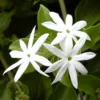
₹139
Related products
Designed, Developed & Maintained by Growww.
Copyright © 2024 Ashok Chakra Nursery

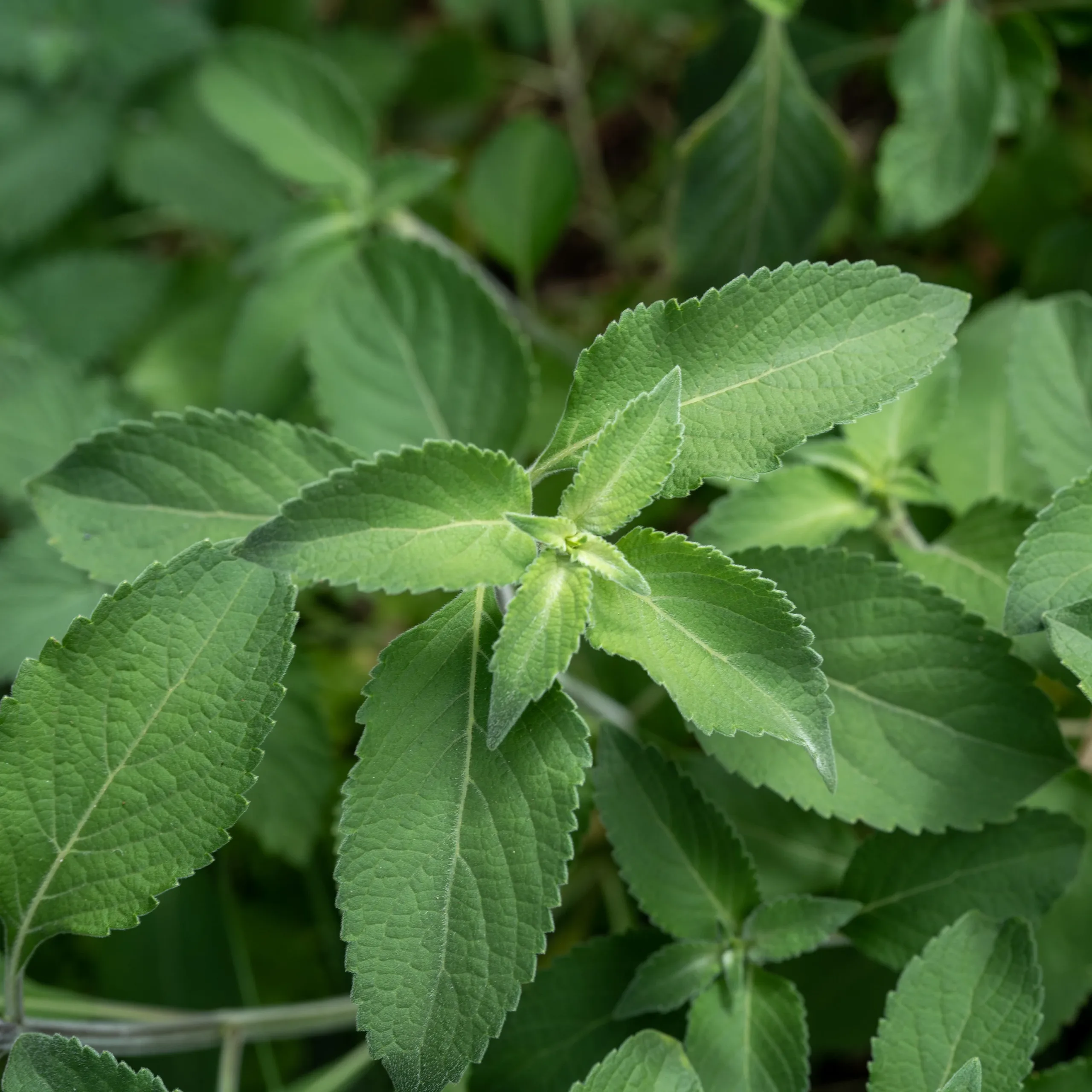
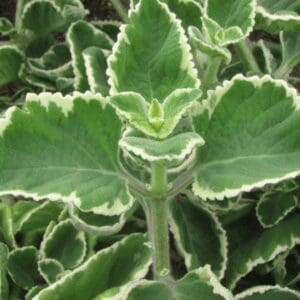

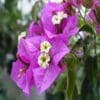
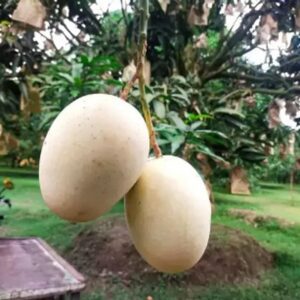
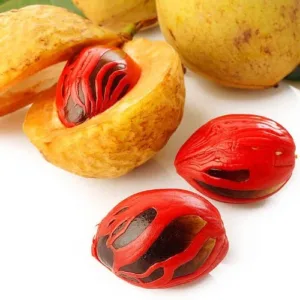
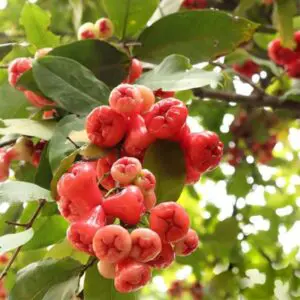
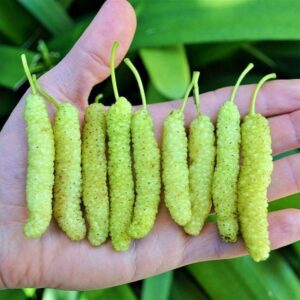
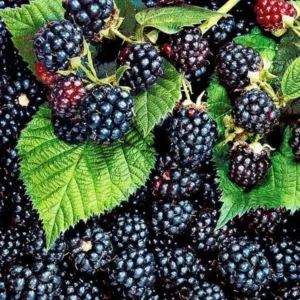

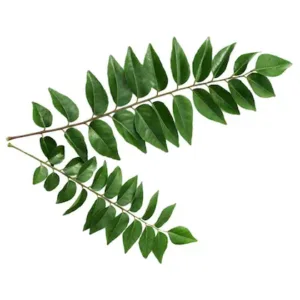
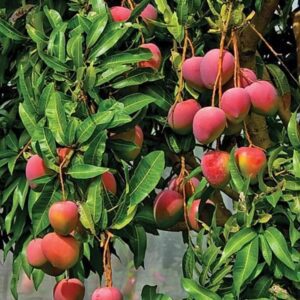
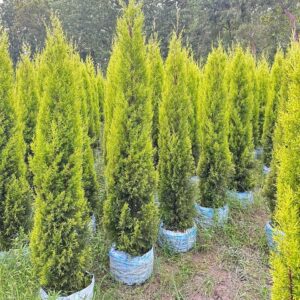
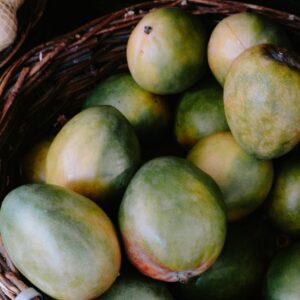
Reviews
There are no reviews yet.